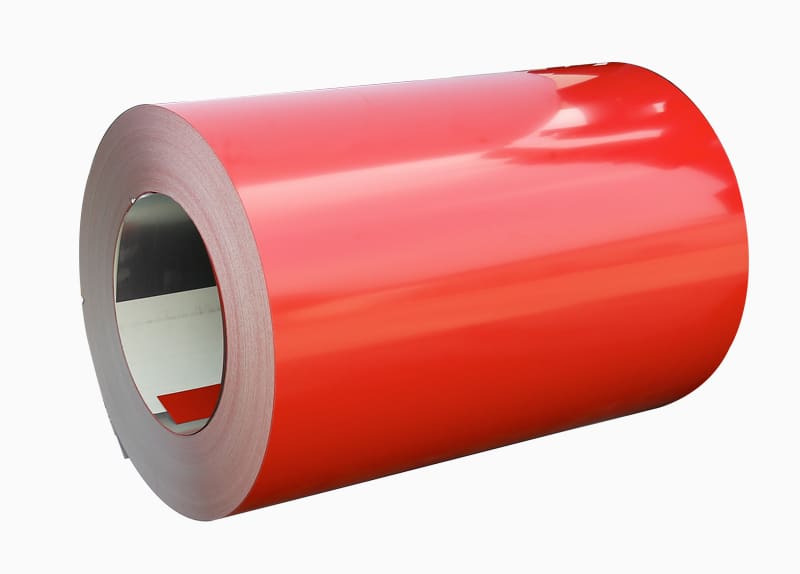Summary: When the single-sided slope length is less than 12m, the roof may not be provided with transverse joints; when the singl...
When the single-sided slope length is less than 12m, the roof may not be provided with transverse joints; when the single-sided slope length is greater than 12m, transverse joints shall be provided between the
color steel sheet.
Horizontal joints are generally lapped along the water. In order to ensure the waterproof effect, a certain lap length must be met, and the length of the lap is related to the slope of the roof. When the slope is less than or equal to 1/10, it is generally not less than 300mm; when the slope is greater than 1/ 10 o'clock, generally not less than 200mm, and it is required to stagger the height of the lap joint, and paste a waterproof sealant between the upper and lower layers of the board. so not
It can only effectively prevent water seepage, and can also prevent oxidation and rust at the cut of the steel plate. At the same time, it should be noted that the lap joint is generally fixed at the crest position with self-tapping screws. If it is set on the valley, there must be reliable waterproof measures.
The low-wave color steel coil of the roof is directly connected to the purlin by connecting pieces, one for each wave or every other wave, but the connecting pieces must be set at the overlapping waves. Roof high-wave color steel coils are connected with fixed brackets with connectors, one for each wave.
Another method of connecting the upper and lower plates is the pressing plate squeezing method. A galvanized steel plate with the same type as the color steel coil is installed on the top and bottom of the two color steel coils, and a waterproof sealing strip is installed between the two plates. Squeeze them tightly together.
In order to avoid water leakage caused by the long lap joint of the board, the profiled board production equipment can also be transported to the site for installation, and the entire roof board from the ridge to the cornice can be rolled, and installed while rolling, without the need for long lap joints to avoid Unnecessary leakage.
Under normal circumstances, it is best to choose a long board without overlapping, but in actual engineering, it is found that when the board is too long, the expansion and contraction of the board will cause leakage due to the expansion of the screw hole due to the influence of temperature. , It is easy to damage the coating during transportation or construction, affecting the quality.





